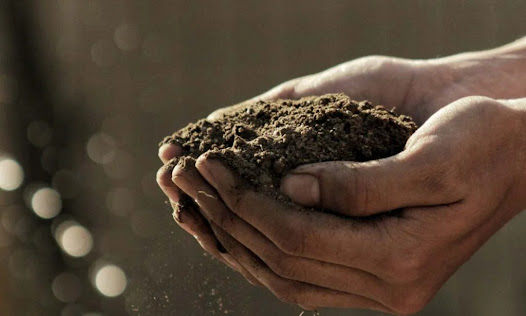Thermal Bonding Process Of Nonwoven And Its Importance
Thermal bonding is the process of conglutinating thermoplastic fibers with each other or with other fibers. This process is also known as melt bonding or heat bonding! In this process, the polymers in the web are passed through a source of heat, such as hot air and steam, that further lead to the fusion at fiber cross-over points. Thermal bonding is known as the eco-friendly & economical process where 100% recycling of fiber components is done. The hot calendar rollers bind the fibrous sheet in this process. Let's move further to get a better understanding of this.
Is the thermal bonding technique widely used?
Yes, the thermal bonding technique is widely used in the nonwoven industry. This technology is mostly used in melt blown, spunbond, airplay and wet lay manufacturing. The process is quite popular in the industry because of the few perks like better web arrangement innovation, genuine raw materials and higher production speed. This is the most reasonable production process and is divided into the 3 major types of nonwoven bonding. These are divided into chemical, thermal and mechanical bonding. Now let's take a look into the methods of thermal bonding!
• Calendar bonding
In this bonding process, the web passes into the nip of the 2 calendar rollers, which are operated under huge pressure. This is used for compressing the fibrous and conducting heat into this that softens and melts the process. This process can be carried out rapidly with higher linear speed. The design of calendar rollers is specially designed for a similar procedure.
The design or length of the roller can be extended more than 5M in width and can be heated to less than 1°C temperature. The fabrics made in this process are incredibly soft, strong and flexible. Some of the best examples are tufted carpets. This bonding is further divided into the 3 more types: area bonding, point bonding & embossing.
• Through-air bonding
This bonding includes utilizing hot air on the surface of nonwoven fabric. In this process, the polymers are passed into the hot air woven supported on the air-permeable conveyor in the form of a drum. This method aims to rapidly heat the polymer in the web to the melting point. This type of thermal bonding process is suitable for the manufacturing of low-density or high-loft fabrics.
This is an effective method that is used for heavyweight bonding webs. You can achieve the output that is difficult to achieve in calendar bonding. This is why this method is used for producing and manufacturing heavy-weight thermally bonded nonwoven fabrics. This method is gaining popularity in the market because of its amazing perks, such as the ability to produce strong materials and versatility.
• Powder bonding
This is another way of bonding used in the market. It is used in some applications for bonding polymers on the web. The powder will be mingled with the fiber to produce the web in this procedure. The products manufactured by powder bonding are characterized by low density, softness, and flexibility. The products created or produced by this method are weak.
Apart from this, there are 2 more types of thermal bonding processes for nonwoven fabrics that are ultrasonic & radiant heat bonding.
What are the advantages of the thermal bonding procedure?
• The products manufactured by this are relatively soft. This depends upon the blend composition & bonding area.
• The process is considered the most eco-friendly option because no latex binders are required.
• Through this procedure, 100% recycling of fiber components can be achieved.
• Receive good economic efficiency as compared to chemical bonding.
• This method of bonding requires lower thermal energy & less expensive machinery.
• The high-bulk products can be bonded throughout the web cross-section.
How is this procedure more important than any other bonding technique?
The thermal bonding procedure is more important than any other because of its effective step. This is increasingly used at the expense of chemical bonding. There are several reasons which make this bonding a better choice. The thermal bonding procedures can be run at high speed, and the speed is limited by the curing & drying stage. This process takes a little time to complete and, compared with others, gives better output.
This method of bonding uses multiple types of raw material, and each is suitable for other applications. It has varieties of heat transfer mechanism which is bonded with the fibers. There are multiple applications of the materials produced by thermal bonded nonwoven, which are mentioned below.
Some of the best applications are Cover stock, medical and sanitary webs, Filtration webs, Carpet backing, Coating substrates, Protective & Insulating material, Decorative webs & Nonwoven covers. Some other examples are Webs for the upholstery industry, Wiping cloths, Needle-punched carpets, Roofing felts, Tea bag paper & Lightweight webs. To get some more information, keep searching about this.



Comments
Post a Comment